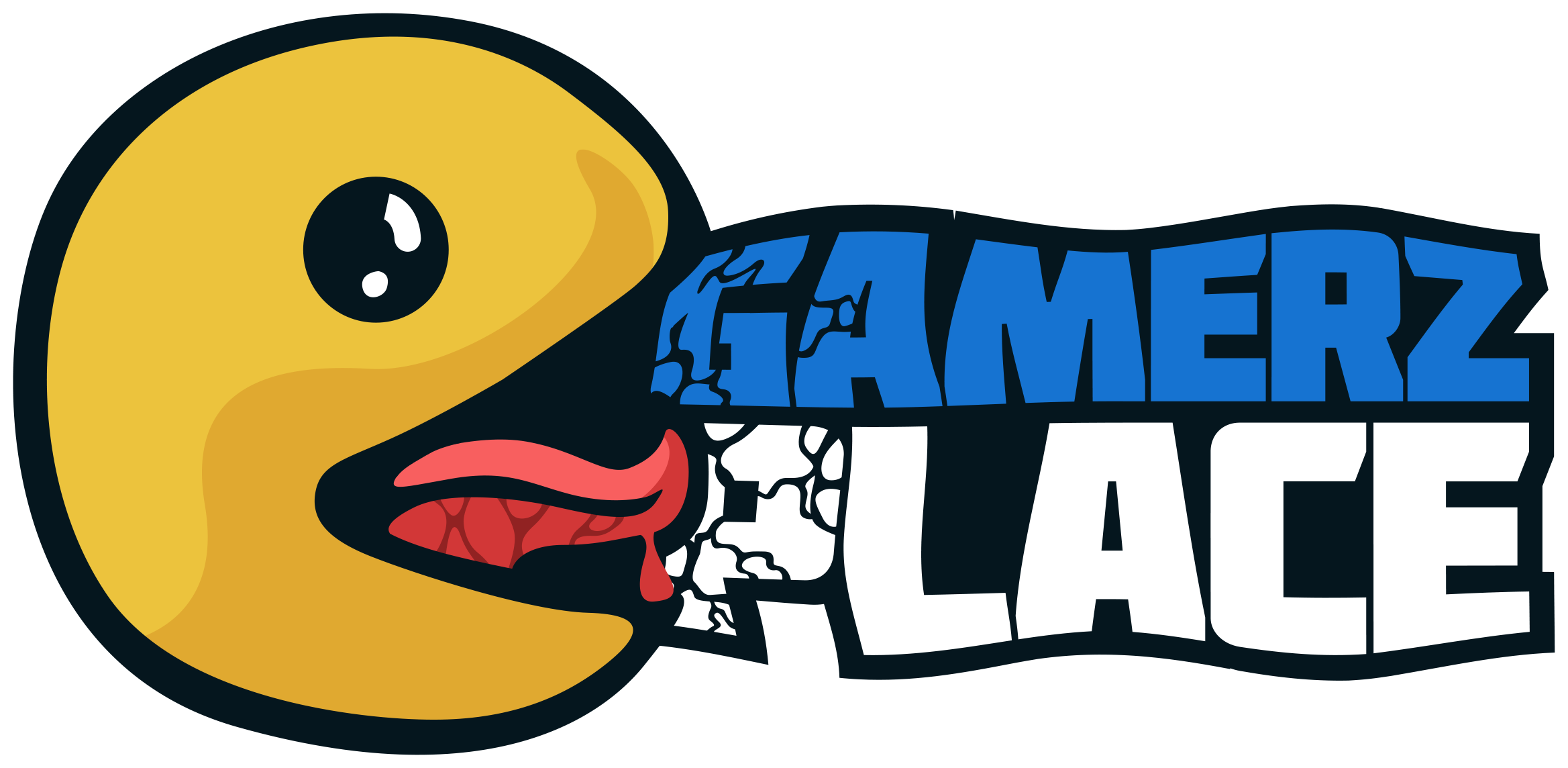http://www.space.com/scienceastronomy/060221_habstars.html
It's split into two lists.
<div class='quotetop'></div><div class='quotemain'>Five of the stars on the list are thought of as good candidates for SETI astronomers seeking only to listen for radio signals from intelligent alien civilizations. They will be included in a list of targets for the Allen Telescope Array, a network of 42 linked radio dishes that is expected to go online this spring in California.
The other five are for NASA’s Terrestrial Planet Finder (TPF), a planned space telescope that would attempt to directly image Earth-like planets around nearby stars. The TPF mission was scheduled for launch around 2016, but is currently on hold indefinitely, according to NASA’s 2007 budget plan.</div>
The first list is for the Allen Telescope Survey.
<div class='quotetop'></div><div class='quotemain'>* Beta Canum Venaticorum: a Sun-like star about 26 light years away in the constellation Canes Venatici. This was Turnbull’s top choice for SETI.
* HD 10307: a near replica of the Sun but with a companion star. Located about 42 light-years away, this star has almost the same mass, temperature and metal-content as the Sun.
* HD 211415: has about half the metal content of the Sun and is a little cooler; just slightly farther away than HD 10307.
* 18 Sco: a near-identical twin of the Sun, located in the constellation Scorpio.
* 51 Pegasus: The first planet beyond our solar system was detected around this star in 1995. Although that planet was a gas giant, Turnbull thinks 51 Pegasus could harbor rocky planets as well.
All of these stars have already been surveyed by SETI’s Project Phoenix in the past without success, but the Allen Telescope Array will have up to five times Project Phoenix’s frequency range, making it more likely that a habitable planet around these stars will be detected if one exists.</div>
The second is a list of stars for the Terrestrial Planet Finder to search.
<div class='quotetop'></div><div class='quotemain'>* Epsilon Indi A: Turnbull’s top TPF mission choice; this star is only about one-tenth as bright as the Sun and about 11.8 light-years away in the constellation Indus.
* Epsilon Eridani: This star is a bit smaller and cooler than our Sun; it is located about 10.5 light-years away in the constellation Eridanus.
* Omicron2 Eridani: A yellow-orange star about 16 light-years away that is roughly the same age as our Sun.
* Alpha Centauri B: This triple star system is located just 4.35 light-years away and one of the Sun’s closest stellar neighbors.
* Tau Ceti: This star is a G-class star and is in the same brightness category as the Sun. Despite being relatively metal-poor, it is long-lived enough for complex life forms to evolve.
If NASA’s TPF mission is cancelled, Turnbull said there is a chance her list could be adjusted for the European Space Agency’s Darwin mission, which is expected to launch in 2015 with similar goals.</div>
Here's another link on the subject...
http://news.nationalgeographic.com/news/20...le_stars_2.html
It's split into two lists.
<div class='quotetop'></div><div class='quotemain'>Five of the stars on the list are thought of as good candidates for SETI astronomers seeking only to listen for radio signals from intelligent alien civilizations. They will be included in a list of targets for the Allen Telescope Array, a network of 42 linked radio dishes that is expected to go online this spring in California.
The other five are for NASA’s Terrestrial Planet Finder (TPF), a planned space telescope that would attempt to directly image Earth-like planets around nearby stars. The TPF mission was scheduled for launch around 2016, but is currently on hold indefinitely, according to NASA’s 2007 budget plan.</div>
The first list is for the Allen Telescope Survey.
<div class='quotetop'></div><div class='quotemain'>* Beta Canum Venaticorum: a Sun-like star about 26 light years away in the constellation Canes Venatici. This was Turnbull’s top choice for SETI.
* HD 10307: a near replica of the Sun but with a companion star. Located about 42 light-years away, this star has almost the same mass, temperature and metal-content as the Sun.
* HD 211415: has about half the metal content of the Sun and is a little cooler; just slightly farther away than HD 10307.
* 18 Sco: a near-identical twin of the Sun, located in the constellation Scorpio.
* 51 Pegasus: The first planet beyond our solar system was detected around this star in 1995. Although that planet was a gas giant, Turnbull thinks 51 Pegasus could harbor rocky planets as well.
All of these stars have already been surveyed by SETI’s Project Phoenix in the past without success, but the Allen Telescope Array will have up to five times Project Phoenix’s frequency range, making it more likely that a habitable planet around these stars will be detected if one exists.</div>
The second is a list of stars for the Terrestrial Planet Finder to search.
<div class='quotetop'></div><div class='quotemain'>* Epsilon Indi A: Turnbull’s top TPF mission choice; this star is only about one-tenth as bright as the Sun and about 11.8 light-years away in the constellation Indus.
* Epsilon Eridani: This star is a bit smaller and cooler than our Sun; it is located about 10.5 light-years away in the constellation Eridanus.
* Omicron2 Eridani: A yellow-orange star about 16 light-years away that is roughly the same age as our Sun.
* Alpha Centauri B: This triple star system is located just 4.35 light-years away and one of the Sun’s closest stellar neighbors.
* Tau Ceti: This star is a G-class star and is in the same brightness category as the Sun. Despite being relatively metal-poor, it is long-lived enough for complex life forms to evolve.
If NASA’s TPF mission is cancelled, Turnbull said there is a chance her list could be adjusted for the European Space Agency’s Darwin mission, which is expected to launch in 2015 with similar goals.</div>
Here's another link on the subject...
http://news.nationalgeographic.com/news/20...le_stars_2.html
